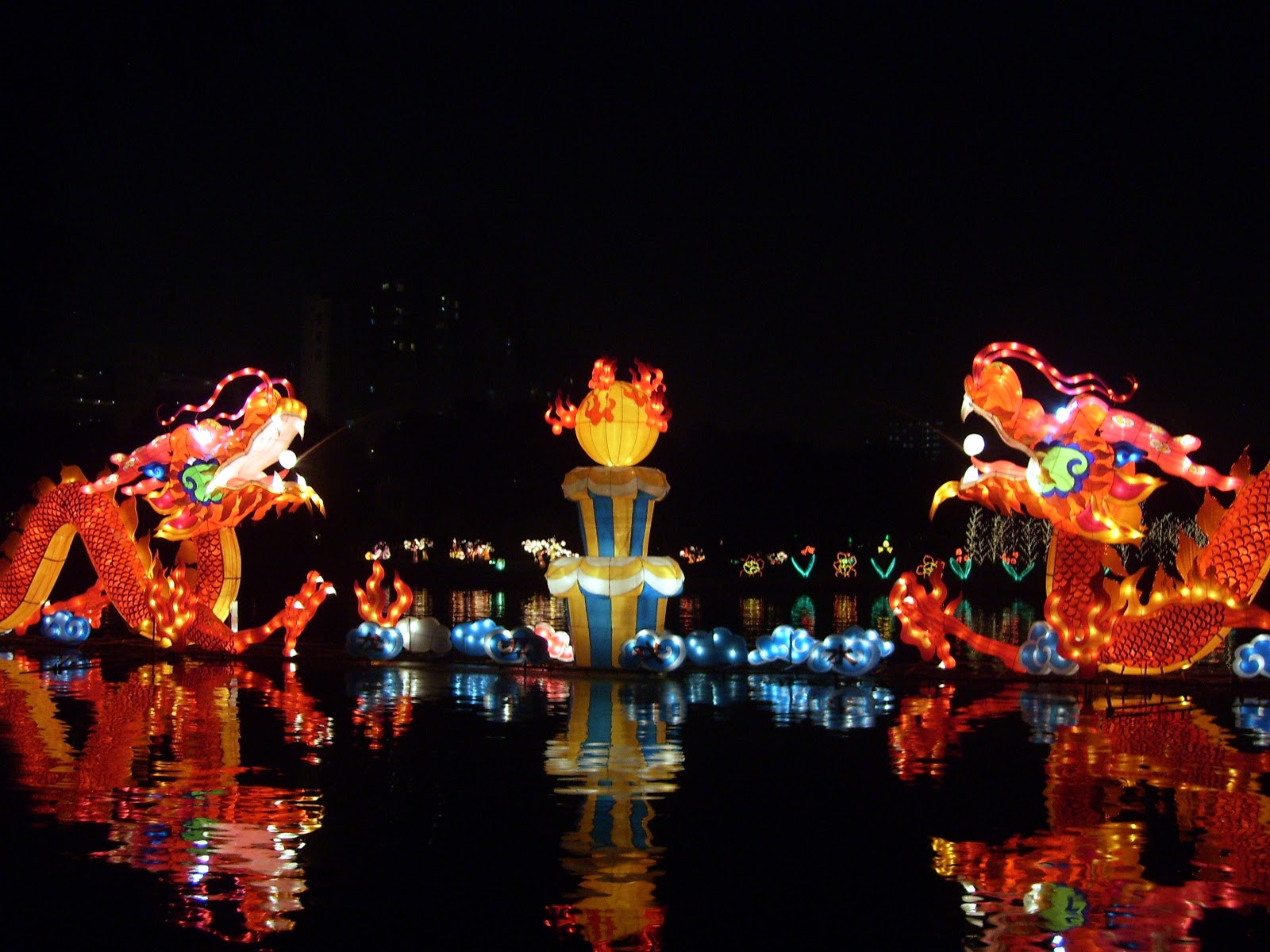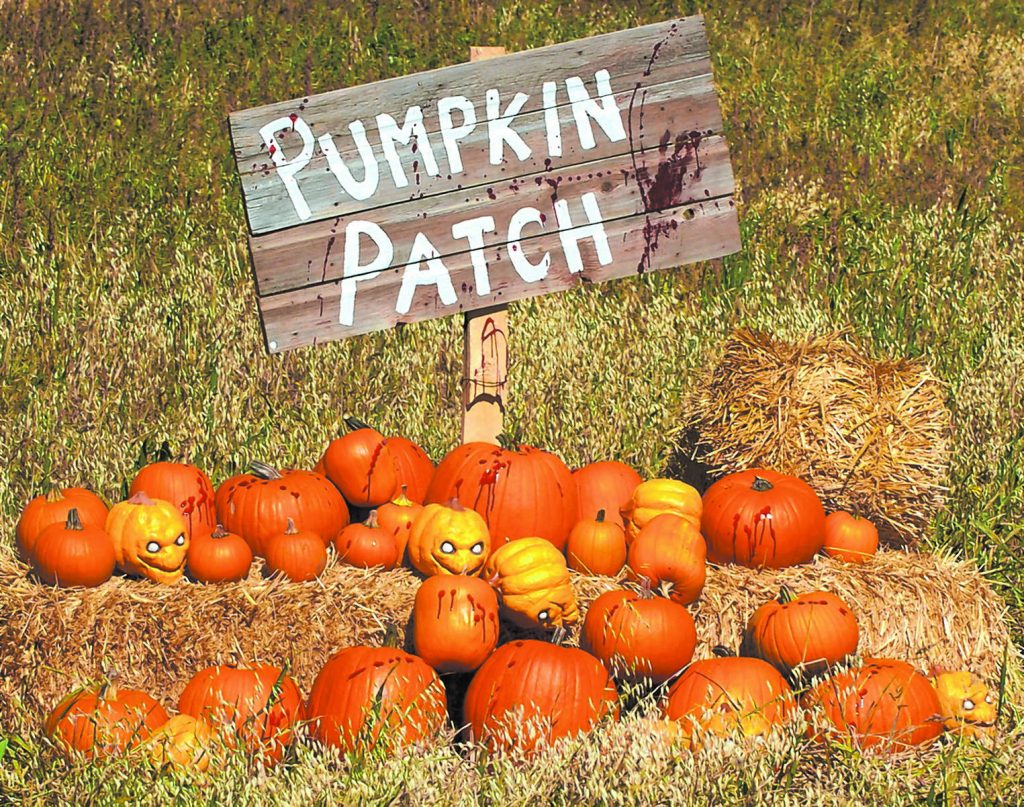The Autumn Equinox is a very important point for each year. It marks the beginning of a new season and that season, in this case, is fall. During the equinox, the Sun stands directly above the equator making day and night equal in time. The word “equinox” means “equal night” in Latin, because this transitional day means the sun is directly over the Earth’s equator. That means that any given place on the globe’s surface will experience day and night of almost equal length.
The image, captured by EUMETSAT’s Meteosat-9, show Earth at three days before the autumnal equinox.
The autumnal equinox in the Northern Hemisphere, is the point after which the nights become longer than the days, as the North Pole tilts away from the sun. We commonly know it as the first day of fall, although we’ve said goodbye to summer already in the rites of Labor Day and the beginning of the school year.

Japan marks the equinoxes—both of them—with a period called Ohigan (sometimes spelled O-higan). The Japanese Buddhist belief is that the land of the afterlife is due west, and during the equinoxes, the sun sets directly west. The equinoxes are also symbolic of the transitions of life. The week around each equinox is Ohigan, a time to visit the graves of one’s ancestors, to spruce up the grave sites, and to leave flowers. It is also a time of meditation and to visit living.
In centuries past in England, it was a time of transitions, as servants were paid their wages after the harvest, and workers scrambled to find new employment contracts. The employment fairs that facilitated this custom became an opportunity for community celebration.
Neo-Druids gather at Stonehenge to watch the equinox sunrise. This happens every year, both in spring and fall. As with other pagan groups, the equinox is a time for Druids to offer thanks for a bountiful harvest and prepare for the darkness of winter.
In the West, celebrations surrounding the fall equinox are less about the equinox itself and more about the activities of fall. We have county fairs and festivals, which are scheduled around school calendars and to maximize tourism. We celebrate Halloween all out of proportion to its historic roots, because it’s fun. We decorate with fall colors and harvest fruits for months at a time, and we split our holidays, celebrating the end of summer with Labor Day and giving thanks for a bountiful harvest on Thanksgiving. Together, those are all celebrations of fall.

